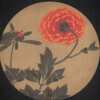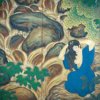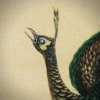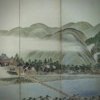Mandala of the Two Realms, Completely Different from the Original
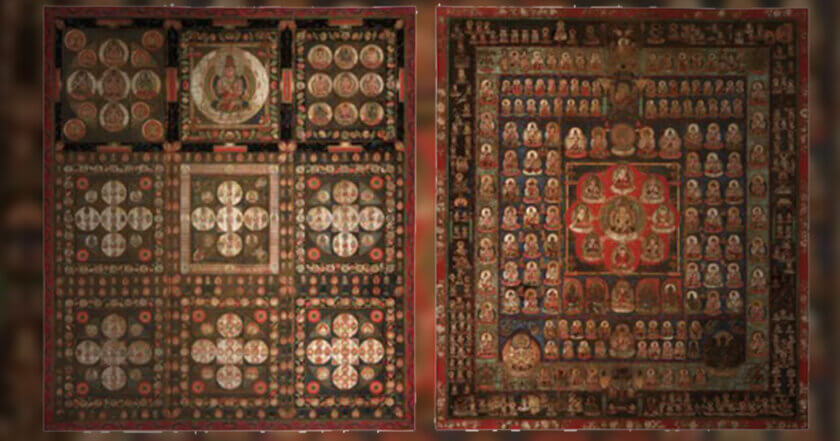
The Mandala of the Two Realms: A Different Interpretation from its Origin?
The Mandala of the Two Realms consists of the Womb Realm Mandala and the Diamond Realm Mandala, forming a set in the practice of Mandala. It symbolizes the entire worldview in Esoteric Buddhism and is one of the most important tools in this tradition.
The Womb Realm Mandala is a pictorial representation based on the Mahavairocana Sutra, while the Diamond Realm Mandala is based on the Vajrasekhara Sutra.
Originally, in India, these two Mandalas were not considered a set. The Mahavairocana Sutra was seen as an introductory text to Esoteric Buddhism, an update from previous Buddhist scriptures, while the Vajrasekhara Sutra represented the core teachings. Consequently, the Womb Realm Mandala was not given much importance in India, resulting in only one type of it, whereas the Diamond Realm Mandala, interpreting the core teachings more diversely, developed into many types.
When these two Mandalas were transmitted separately to China, they were interpreted as a set (interestingly, the Chinese version of the Diamond Realm Mandala combined all nine types of the Indian version into one unique form). This led to the creation of the Mandala of the Two Realms. Kūkai, a Japanese monk, brought this set back to Japan, where it became widely spread.
Conclusion
The Mandala of the Two Realms, originally treated as separate entities in India, were unified as a set through unique interpretations in China and Japan. Today, they continue to be revered and utilized as vital visual tools in conveying the teachings of Esoteric Buddhism.

